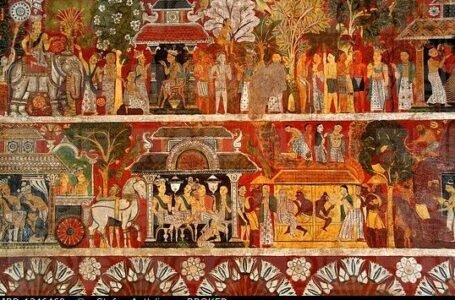MahaJanpada : Kashi – Twice older than history and Traditions
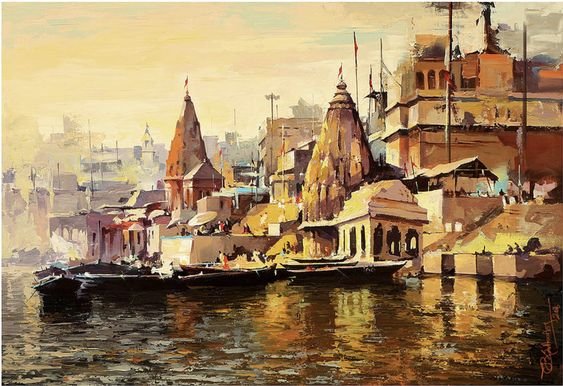
Kashi Mahajanapada, one of the sixteen Mahajanapadas, was founded in Varanasi by the first king Kash of the Chandra dynasty. That is why Varanasi is also known as ‘Kashi’, Kashi is one of those Mahajanapadas which emerged in the 6th century, today this region includes Bhojpur, Rohtas, and Kaimur districts. One of the oldest continuously inhabited cities in the world is Varanasi, also known as Benaras or Kashi. The significance of Varanasi in Hindu mythology is hardly explored. English novelist Mark Twain, who was fascinated by the legend and sanctity of Benaras, once penned the following: “Benaras is older than history, older than tradition, older even than legend and seems twice as old as all of them together.”
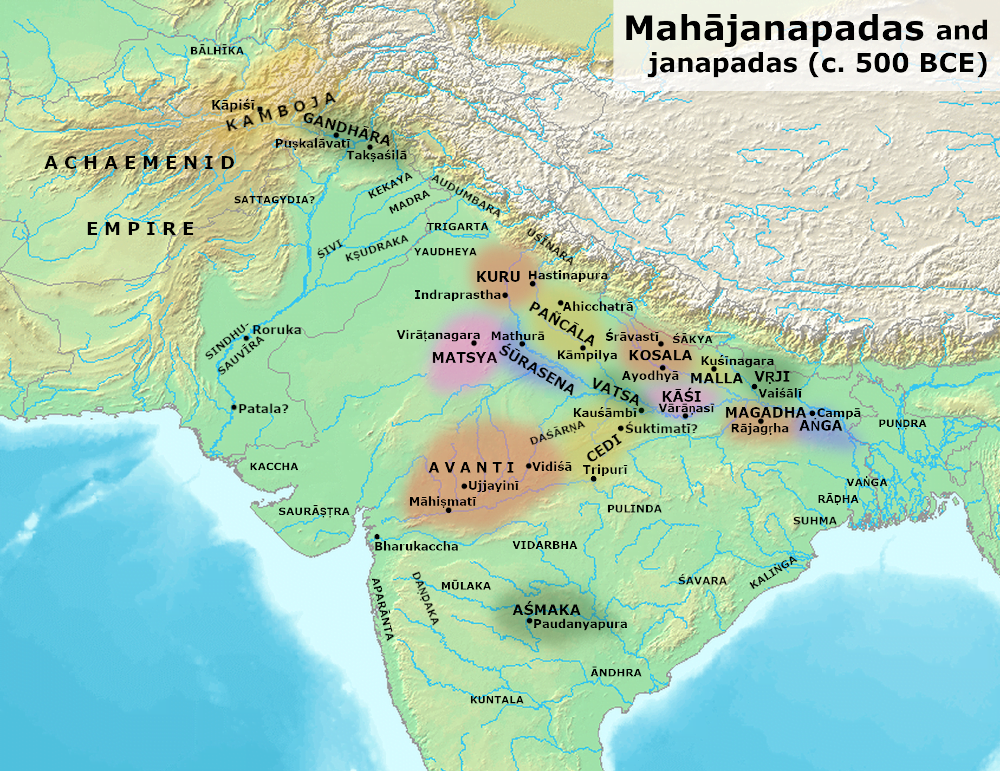
Hindus have long considered Kashi to be the holiest place for pilgrimage. Hindus have the view that anyone who is blessed to pass away in Kashi would be saved and released from the cycle of birth and rebirth. The origins of Kashi, home to Lord Shiva and Parvati, are still a mystery. In Kashi, the Ganges is thought to have the ability to wash mortal sins away. The Ganges is thought to have their beginnings in Lord Shiva’s hair, and in Kashi, it grows to become the powerful river that we are all familiar with. For nearly three thousand years, the city has been a hub of scholarship and civilization.
Kashi has served as a representation of the Hindu Renaissance since Sarnath, the site of the Buddha’s first discourse after attaining enlightenment, is about 10 miles distant. Here, for millennia, there has been a flourishing of knowledge, philosophy, culture, devotion to Gods, and Indian arts and crafts. Kashi, which is also a Jains pilgrimage site, is thought to be the birthplace of Parsvanath, the twenty-third Tirthankar. Kashi has long been a fantastic hub for learning. Sanskrit, yoga, the Hindi language, and authors like the renowned novelist Prem Chand and the well-known saint-poet Tulsi Das, who wrote Ram Charit Manas, are all promoted in Kashi.
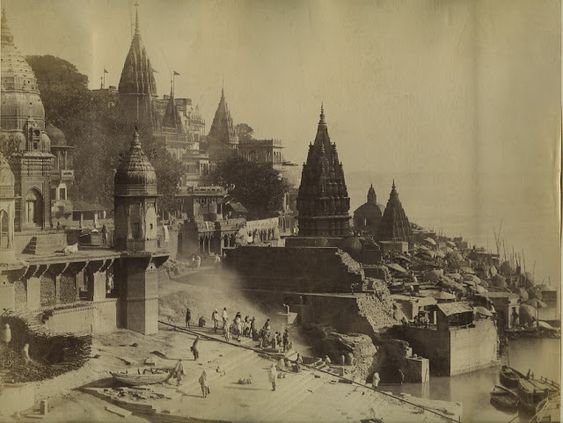
Kashi, which is correctly referred to as the cultural capital of India, has created the ideal environment for the development of all creative endeavors. Kashi has produced several musicians and dancers. Both the internationally recognized Sitar master Ravi Shankar and the renowned Shehnai player Ustad Bismillah Khan are either natives of the blessed city or have spent the majority of their lives here. Mrs. Annie Besant decided to base her “Theosophical Society” in Kashi, which is home to a multitude of temples, and Pandit Madan Mohan Malviya established “Benares Hindu University,” the largest university in Asia. Ayurveda is thought to have its roots in Kashi and is the foundation of contemporary medical sciences including plastic surgery, cataract surgery, and other procedures. The founder of Ayurveda and Yoga, Maharshi Patanjali, was closely connected to Kashi, a sacred city. Since the beginning, Kashi has always been renowned for its trade and commerce, particularly for the finest silks and gold and silver brocades.

Kashi was once considered one of the most powerful states of North India, it was reported by Chinese pilgrims, that Kashi used to be a center of Vedic and secular learning, and it was also known for its military prowess. Buddhism was first propagated here by King Siddhartha, and since then it came under Buddhist influence. There was a period in this nation when individuals thought that entering this city alone would result in liberation due to its immense strength. Kashi Vishwanath was, above all, the city’s beating heart. Although the temple was long since destroyed, Adiyogi is thought to have dedicated it. Kashi has been completely destroyed three times in the last few centuries, most recently in the last six to seven.
Kashi Vishwanath Temple is the beating heart of this heavenly place if Kashi is the center of Hinduism. One of the most sacred places known to exist in the nation is this celestial refuge. In fact, this shrine is so revered that the Skanda Purana, an old Hindu text, makes note of it. Due to its popularity, numerous Hindus visit this temple, which is dedicated to Lord Shiva. According to legend, Lord Brahma, a Hindu god credited with creating the universe, and Lord Vishnu, a Hindu deity in charge of upholding peace and harmony on earth, got into a fight one day over who had the superior creative abilities. Lord Shiva smote the three realms with a mighty blow in the shape of the jyotirlinga, unending support of light, to gauge their power. As a result of Brahma’s ingenious falsehood that he had a premonition that Vishnu had lost, this combat resulted in Vishnu’s defeat. When Shiva discovered this trick, he manifested as the second pillar of light, condemning Brahma that he would not have the honor of being worshipped at festivities while Vishnu would be revered forever.

One of the most well-known of the nation’s twelve Jyotirlingas, Kashi Vishwanath Temple overlooks the Western bank of the River Ganges. The other shrines are those of Somnath (Gujarat), Mallikarjuna (Andhra Pradesh), Mahakaleswar (Madhya Pradesh), and Omkareshwar (Madhya Pradesh), Kedarnath (Uttarakhand), Bhimashankar (Maharashtra), Triambakeshwar (Maharashtra), Vaidyanath Jyotirlinga, Deogarh (Jhark (Maharashtra). The fact that this temple has experienced a number of horrific historical occurrences is yet another intriguing aspect of it. In 1194 CE, Qutb-ud-din Aibak entirely destroyed it. While it was reconstructed under the reign of Illtutmish, it was destroyed once more under Sikandar Lodhi and afterward during the mission to spread Islam led by Emperor Aurangzeb. In Kashi, there used to be 26,000 shrines, but only 3,000 remain as a result of invasions that deliberately destroyed them all. The center of Kashi, the Kashi Vishwanath temple, must have been an incredible location to draw visitors from all over the world. Then, when Aurangzeb arrived, he saw that even if you tear it down, these people will rebuild it because this is a religion that exists in everyone’s homes and hearts rather than being controlled by a single authority. It is not a marketed idea; individuals just connected the dots. It is motivated by a phenomenal experience and a link to the rest of existence rather than by a belief.
When he observed this, he made the decision to construct a mosque inside the Kashi Vishwanath temple. In order to teach the people of this society that what has been done to the temple cannot be undone, he completely destroyed it but left behind a small section. The Kashi Vishwanath linga is currently located here, away from the temple grounds. The Vishweshwara sanctum used to be where it was. That is the mosque’s center, which spans its entire central region from north to south.
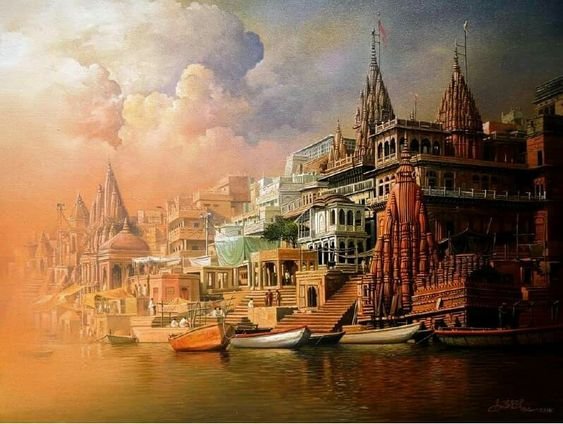
The Kingdom of Kashi was a former Indian state with its capital at Varanasi, which was named after and bordered by the Varuna and Asi rivers to the north and south. One of the sixteen Mahajanapadas, or great states, rose up in northern India at the beginning of the sixth century BCE. Greater than Varanasi was the kingdom of Kashi. The Son River, which served as the former Magadh’s western border, served as its easternmost border. It would have included a significant portion of the present-day southwestern region of Bihar, which was the Arrah (Shahabad) district, as well as the Eastern UP region centered on Varanasi. The districts of Bhojpur, Rohtas, Kaimur, and Buxar are included in this region now. The Bhojpuri language and culture are technically dominant in the Kashi region today.
The Panch Krosh Kashi, as described in the Puranas, would still be smaller than Kashi Mahajanpad. Despite Magadh’s dominance during the time of Chanakya, Kashi remained the premier location for secular and Vedic study. More so, its military strength was renowned. Chinese visitors stated that Shahabad continued to be ruled by Shaivite Hindu culture while Kashi was influenced by Buddhism. Kashi was one of the richest cities in India, according to the Jataka stories, and was renowned for its wealth and grandeur. These tales describe a protracted struggle between the adjacent kingdoms of Kosala and Kashi, as well as sporadic clashes with Anga and Magadha. One of North India’s most powerful states in the past was Kashi. Although King Brihadratha of Kashi invaded Kosala, King Kansa of Kosala integrated Kashi during the time of the Buddha. The Kosala, Videhan, and Kashi are ethnic groups that are referenced in Vedic scriptures and seem to have had close ties.

